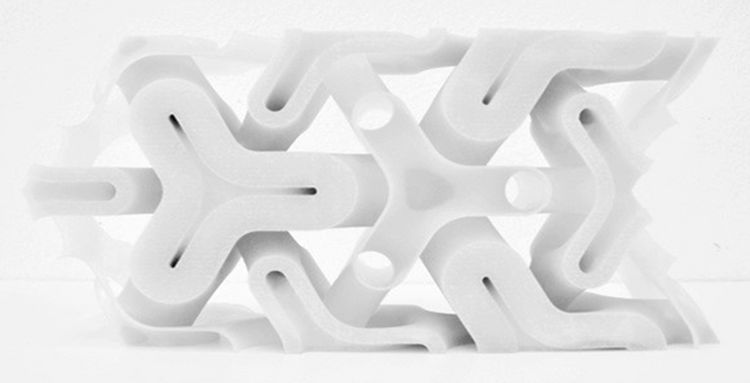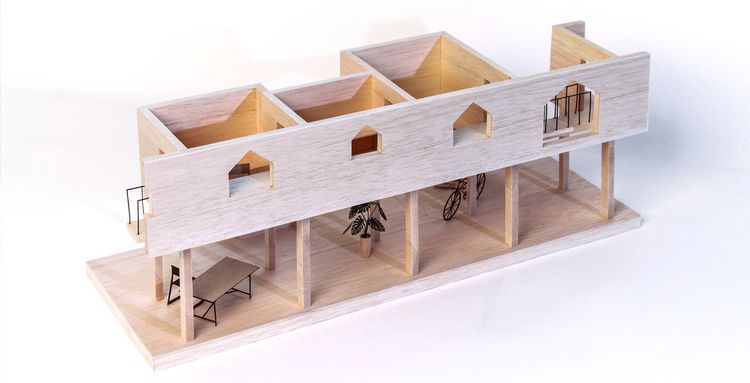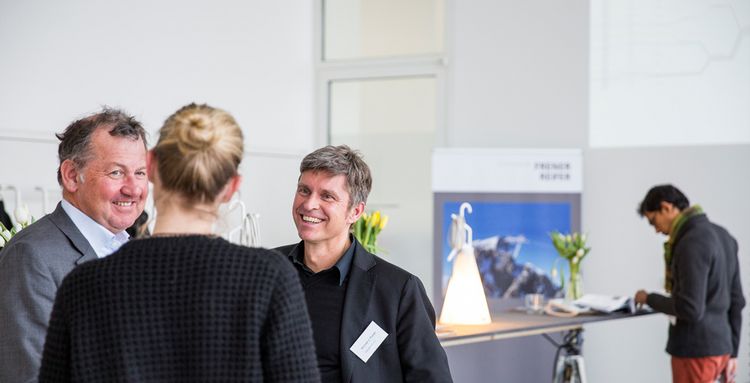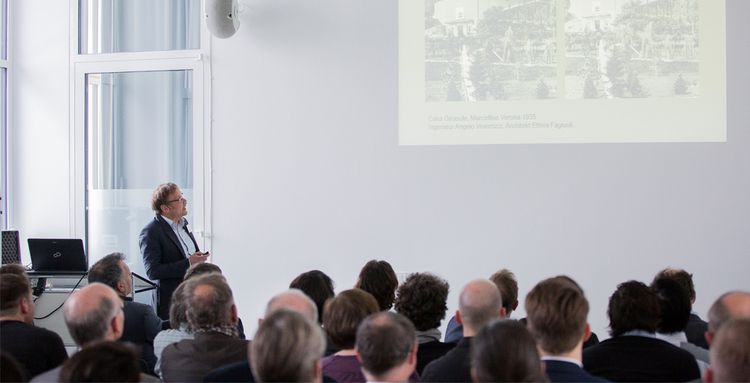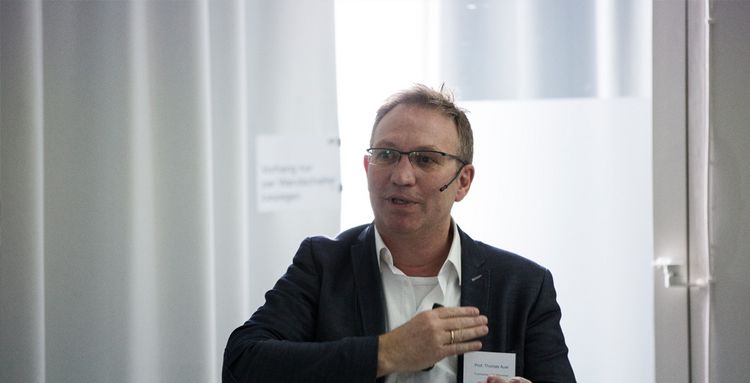Profile
The Associate Professorship of Architectural Design and Building Envelope is part of the TUM Department of Architecture. It's interdisciplinary design approach in teaching and research is divided in four different focus areas:
The focus area 'Experimental' investigates in architectural designs in the context of Additive Manufacturing focussing on 'functional geometries' for the building envelopes. The aim is to use advantages of digital fabrication and complex geometries in order to augment indoor and outdoor comfort and energy efficiency of buildings by reducing technical devices in the same time.
The focus area 'energy' focuses on the activation of the outer surfaces of buildings of the productive use of solar energy. Central to this is the development of innovative components for buildings envelopes, which takes place in Close cooperation with other disciplines and Partners in industry. A key factor in improving the performance of these components is the integrative approach to energy harvesting.
The focus area 'apaptation' researches in the ability of building envelopes to respond to exterior climate conditions. Just as our natural environment is in a constant process of adaptive change, architecture can adapt to climatic requirements. With nature as the model, the Associate Professorship of Architectural Design and Buildung Envelope developed building envelopes which, analogous to natural envelope systems, considered either diurnally or annually, behave adaptively and responsively.
The focus area 'existing building stock' investigates in one of the major tasks for the future building industry, the renovation of existing buildings. About 90 % of the construction activities in Europe are concerned with Alteration to existing building stock. In terms of energy renovation, specific measures can be taken to activate or re-activate natural, self-regulating processes in a building. Examples include the improvement of thermal exchange by exposing storage masses, promoting natural ventilation by creating cross-ventilation options, the use of natural light, and efficient sun protection to conserve energy for lighting and cooling while increasing the comfort of the interior.

